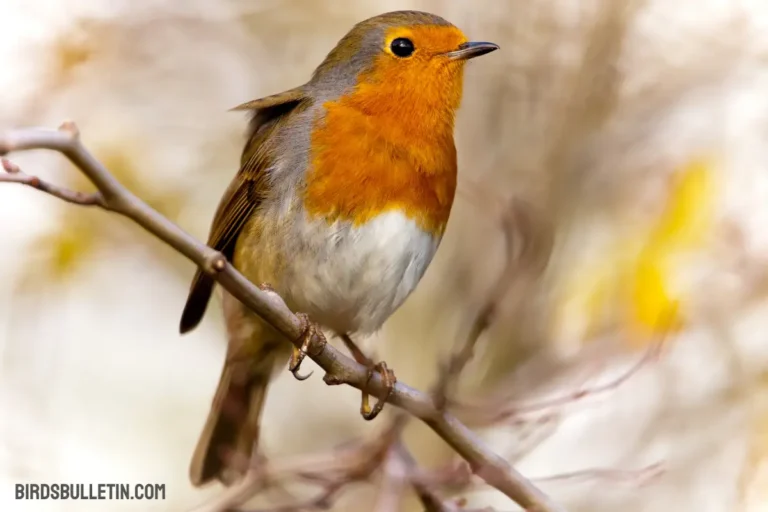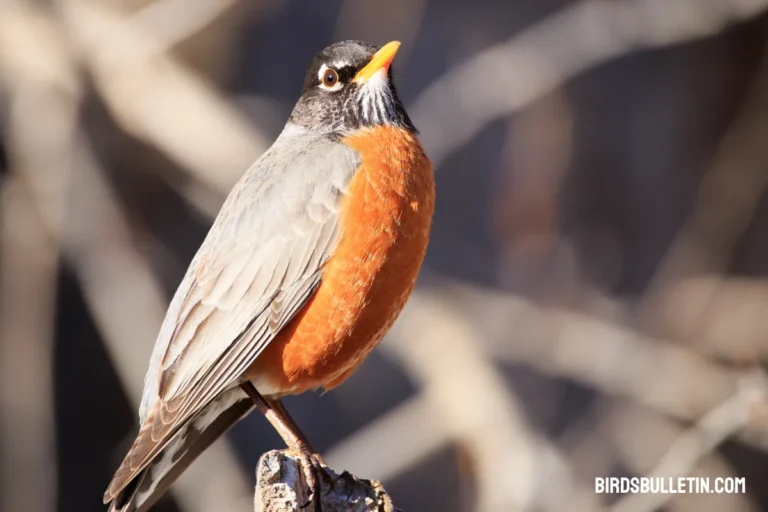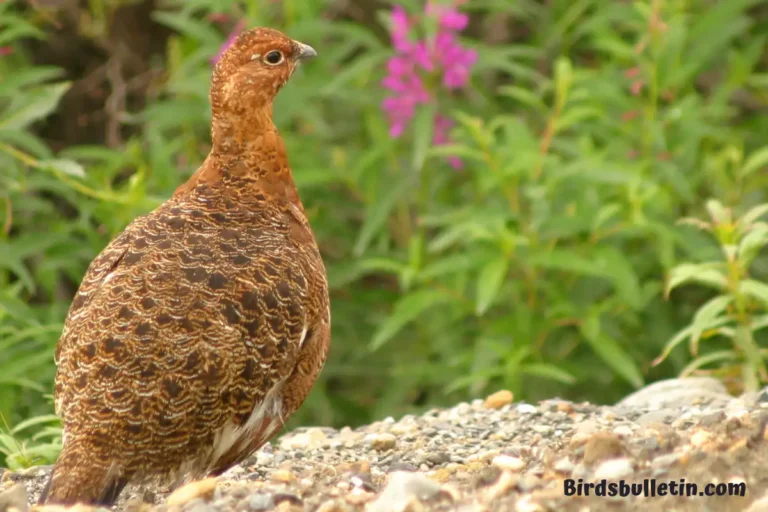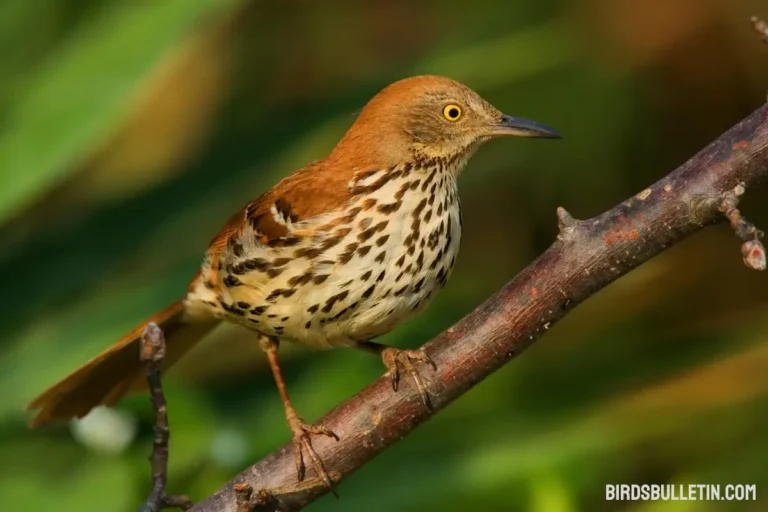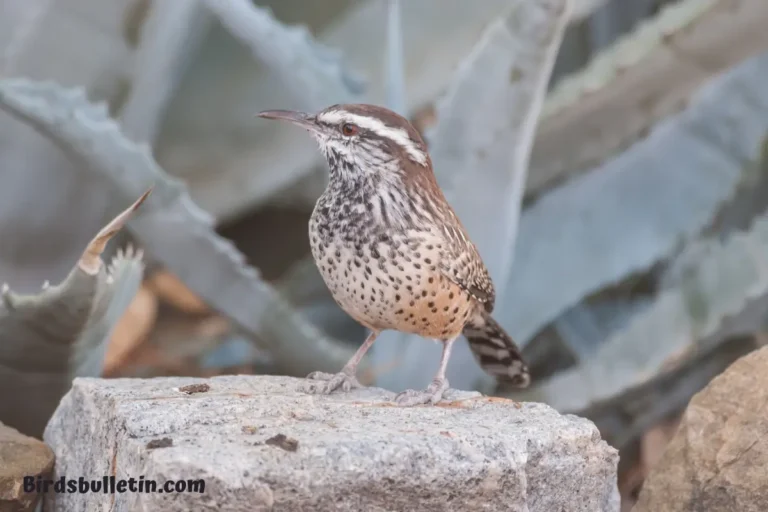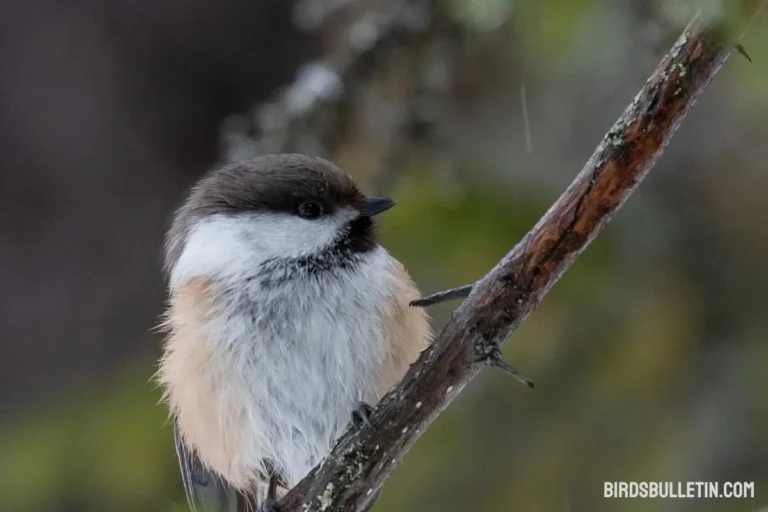Turdus Migratorius Migratorius (Eastern)
The eastern American robin (Turdus migratorius migratorius) is a well-known and beloved songbird found throughout much of North America.
With its cheery song and bright red-orange breast, this robin is a familiar sight across backyards, parks, and forests. Let’s take a closer look at the biology and natural history of this iconic bird.
Looking for more overview about bird subspecies:
Scientific Classification
- Kingdom: Animalia
- Phylum: Chordata
- Class: Aves
- Order: Passeriformes
- Family: Turdidae
- Genus: Turdus
- Species: T. migratorius
- Subspecies: T. m. migratorius (Eastern Robin)
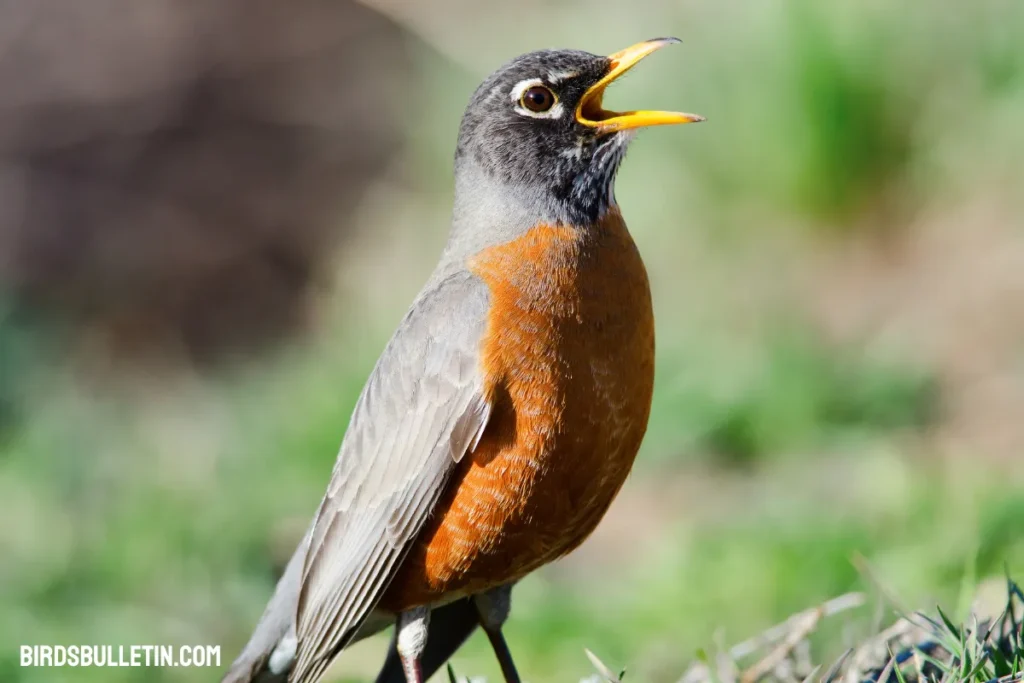
How Can the Eastern Robin Be Identified?
The eastern robin has distinctive grayish-brown upperparts, a reddish-orange throat and breast, and white underparts. The head has a black back and cap, with a white eye-ring. The bill is yellow with a dark tip.
The legs and feet are brownish. Sexes appear similar, but females may be slightly duller in color. Juveniles have spotted breasts.
Where Is the Eastern Robin Found?
The eastern robin breeds across southern Canada and most of the continental United States, except the southwestern states. It winters along the southern coasts from southern Alaska to Mexico. Its preferred habitats are yards, parks, forest edges, and agricultural lands.
Interesting Facts
Here are some interesting facts about eastern robins:
- Eastern robins are known for their melodious song, often heard during their breeding season.
- They are skilled hunters, feeding primarily on insects, earthworms, and fruits.
- Robins are one of the few bird species that can tilt their heads to focus on objects with one eye, helping them locate prey.
Status
The eastern robin has an extensive range and a large global population estimated at 370 million birds. It is classified as a species of Least Concern by the IUCN.
Habitat loss and pesticide use pose threats, but robin populations remain relatively stable. Backyard birders can support robins by providing nesting sites and food sources.
Conservation of Natural Habitat
Conserving the natural habitat of eastern robins is crucial for their survival. Efforts to protect and restore woodlands, wetlands, and open spaces can provide the necessary environments for these birds to thrive.
Planting native trees and shrubs in urban areas can create essential feeding and nesting grounds.
Frequently Asked Questions
1. What does the eastern robin eat?
The eastern robin is omnivorous, eating a combination of invertebrates like earthworms, snails, and insects, as well as fruits and berries. Its diet adapts across the seasons based on food availability.
2. Do eastern robins migrate long distances?
Eastern robins undertake migration journeys, with populations from northern regions migrating southward during winter to areas like southern coastal Alaska, southern Canada, the U.S., Bermuda, the Bahamas, and eastern Mexico.
3. Are eastern robins commonly seen in urban areas?
Yes, eastern robins are adaptable birds and can be found in various habitats, including gardens, parks, and wooded areas in urban and suburban environments. Their presence in such areas often brings joy to residents and birdwatchers alike.
Summary
With its familiar presence across North America, the eastern robin is well-recognized and loved by many. We can support robin populations in our backyards by providing native berry bushes for food and nesting sites.
The robin’s melodic spring song will continue inspiring people for generations to come.


